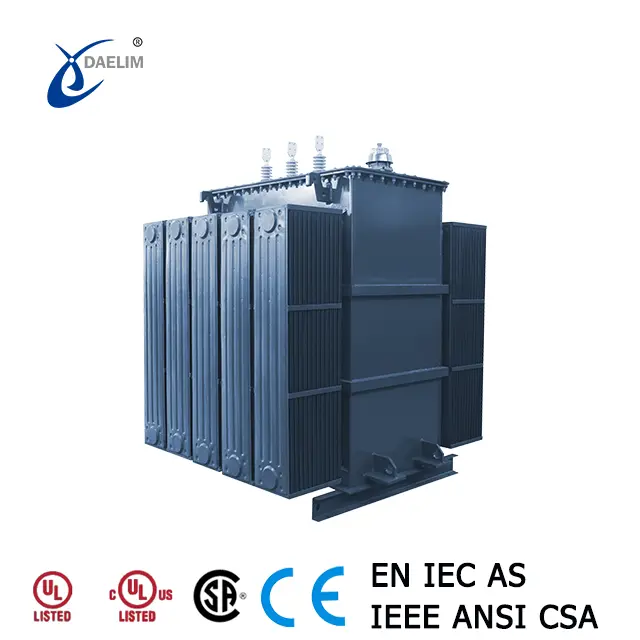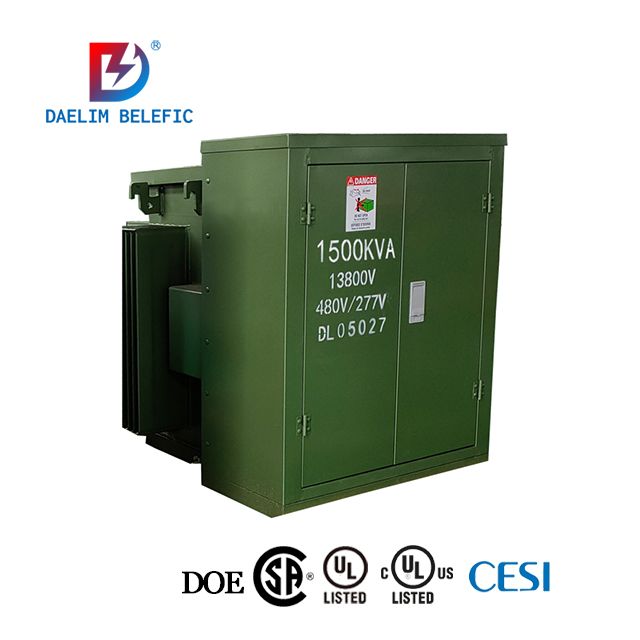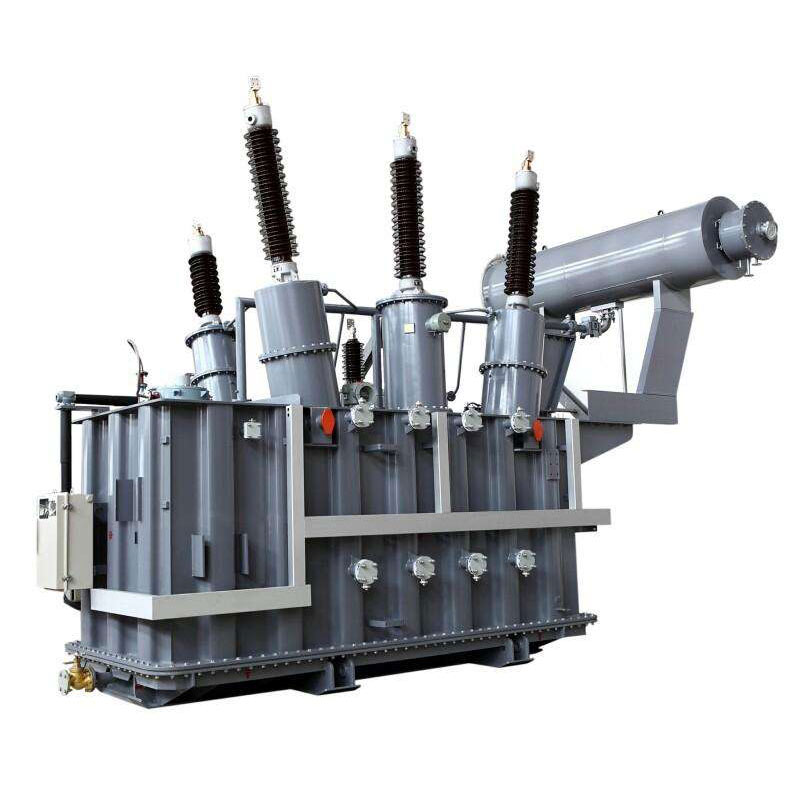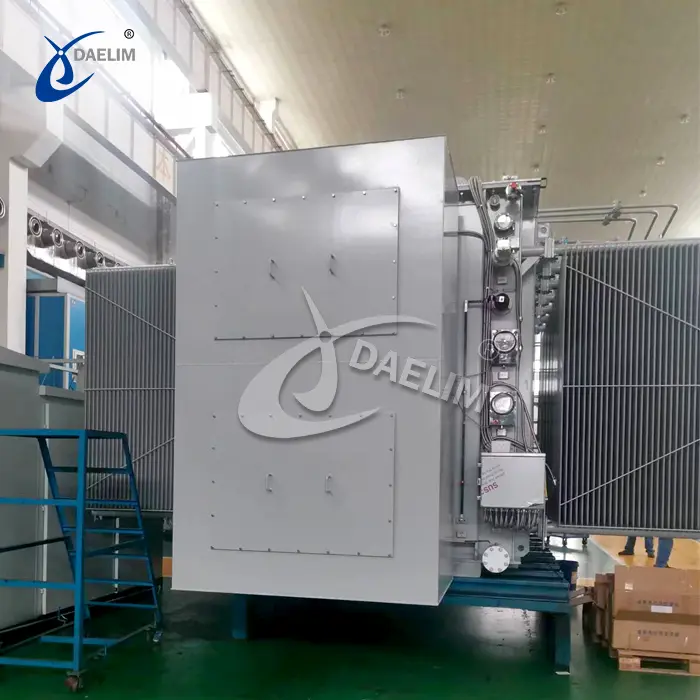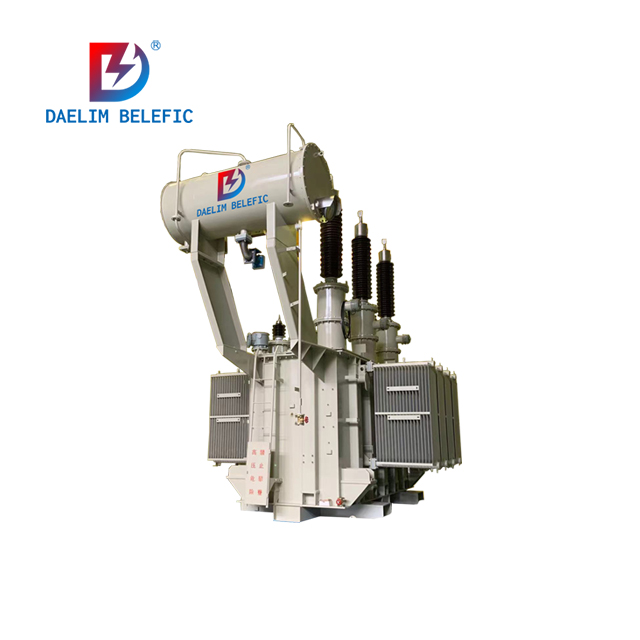Basic Knowledge of Transformer Transportation
Transporting transformers involves specific considerations depending on their size and configuration.
Transformers Below 80 Tons
-
Recommendation: Transport with oil. Fill the space above the oil level with dry air to prevent moisture.
-
Conduct comparative tests before transportation, including insulation resistance, oil condition tests (water content, electrical strength if possible), and pressure gauge readings.
Transformers 80 Tons and Above
-
Recommendation: Do not transport with transformer oil. Fill the transformer body with dry gas (air or nitrogen) to maintain dryness.
-
Maintain the oil tank at a positive pressure of 0.01~0.03 MPa during transportation.
Monitoring and Testing
-
For transformers transported with dry gas:
-
Monitor vacuum/pressure and temperature regularly during transportation to detect any leaks that could compromise coil and insulation safety.
-
Record and compare pressure and temperature values with factory specifications.
-
Perform a dew point test if there are discrepancies in pressure/temperature relationships.
-
Shipping Procedures
-
Transformers shipped without oil should have all parts dismantled and be equipped with a shock recorder.
-
Ensure the transformer's sealing performance remains intact throughout transportation and storage.
-
Regularly monitor gas pressure, following instructions and record sheets attached to the shipping manual.
Pressure Gauge and Filling Valve
-
Install under a protective cover (side or top of the transformer) for monitoring. Use a transparent or stainless steel cover that seals after each inspection.
-
Pressure gauge range: 0-60 kPa. Inflator outlet connected to a hose with 5-8 mm internal thread diameter.
Pressure Limits and Monitoring During Storage
-
Factory pressure at 20°C is 20 kPa, adjusting with ambient temperature changes (positive pressure maintained even at -25°C).
-
Check pressure regularly; report complete pressure loss immediately as it indicates a leak or moisture ingress.
-
Maintain pressure above 20 kPa in colder climates, ensuring dry air dew point is below -40°C before filling.
In conclusion, adhering to these guidelines ensures the safe and effective transportation of transformers, preserving their integrity and performance during handling and storage.
Related Products
Related Article
Temperature Protection and Maintenance for Transformers
Transformers require precise temperature protection, monitoring insulation grades, and appropriate oil types. Dry-type transformers trip at 130°C, oil-immersed at 90°C. In cold climates, FR3 fluid is recommended for its effective performance at -50°C.
Advantages of Transformer Yyn0 Vector Group
The Yyn0 vector group transformer offers distinct advantages in suppressing high-order harmonic currents and managing low-voltage single-phase ground short-circuit faults. However, it does have limitations regarding the handling of single-phase unbalanced loads, where the Dyn11 connection demonstrates superior performance. These characteristics should be carefully considered when selecting the appropriate transformer connection for specific applications to optimize performance and reliability.
Impact of Operating Temperature on Transformers
Maintaining an optimal operating temperature is crucial for the longevity and reliability of transformers. Excessive temperatures accelerate the aging process of the winding insulation, leading to a significant reduction in service life. Ensuring that the hottest point temperature remains within safe limits can help in maximizing the operational lifespan of transformers and maintaining their performance. For long-term efficiency and reliability, it is essential to monitor and control the operating temperature of transformers.
Transformer Drying Methods and Procedures
The article outlines transformer drying methods: oil tank iron loss, zero-sequence current, and vacuum dehumidification, emphasizing controlled heating and moisture removal for enhanced insulation reliability.
Transformer Oil Aging, Regeneration, and Purification
Effective management of transformer oil ensures prolonged equipment lifespan and reliable performance in electrical applications.
Technical Requirements for Transformer Installation
The article outlines critical technical requirements for transformer installation, covering support, grounding, cable management, safety measures, and fan operation to ensure safe and efficient electrical system performance.

